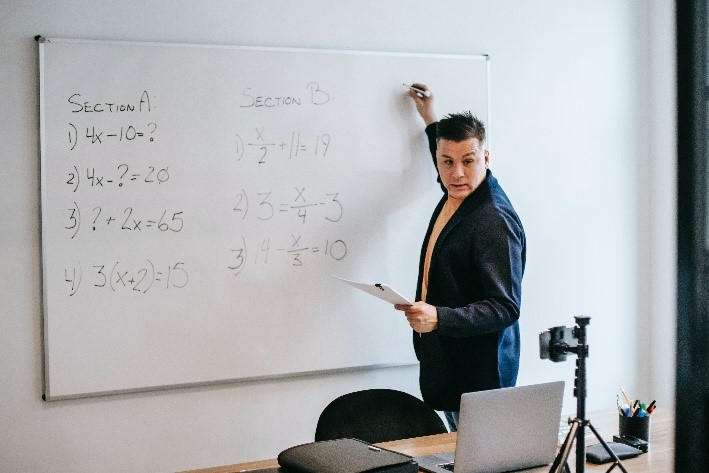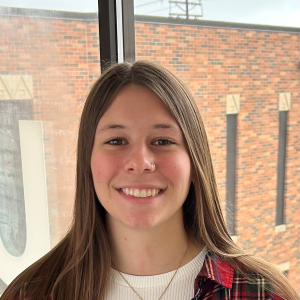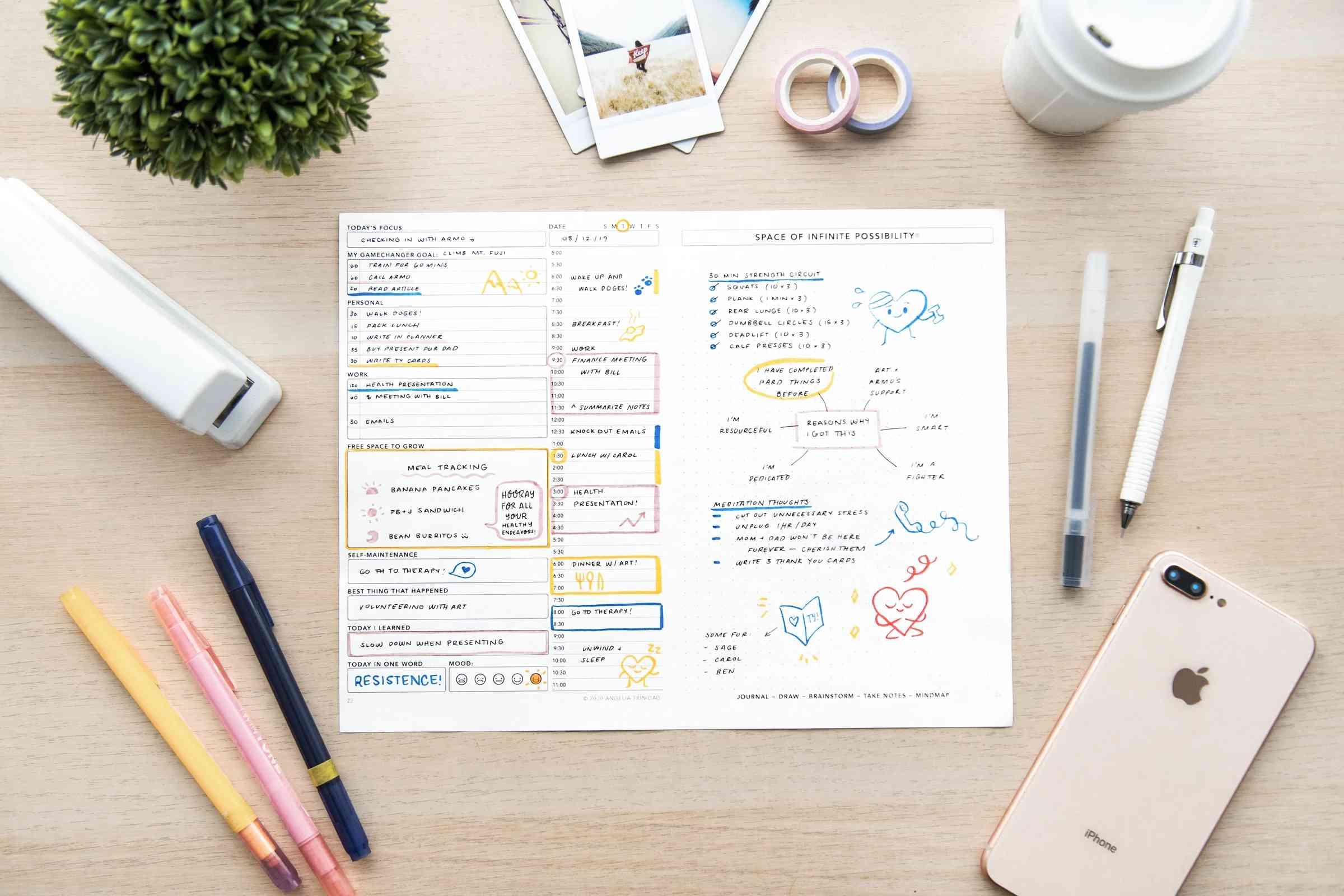The Future of the University

The “natural human timeline” was to graduate from high school, go to college, graduate college, find your dream job that is readily available, get married, and start a family. At least that is what it used to be. Several things have changed from that timeline, specifically the college part. Today, college enrollments rates have dropped drastically due to COVID-19 and other factors which puts the future of the university in question.
College, university, postsecondary, whatever one calls it, was created for the purpose of furthering one’s education in a specific field. The Colonial Era in America created nine founding colleges that are still in operation today including Harvard University, Yale University, and Princeton University. Higher education has come a long way since those 1600s with the advancement in technology and presenting more majors. Furthermore, the cultural shift allowed women and African Americans college admission while funding and tuition rates increased. All these factors added to the enrollment increase. By 1945, 1.3 million people were attending college and that number grew to 7.9 million in 1970. The 1970s and the 1980s saw the earnings gap between a person who attended college and ones who didn’t increase to 38%. This gap enticed students to get their degree and by 2010, just over 29 million people were enrolled in higher education.
According to the National Center for Education Statistics, 2010 was the height of college enrollment and has been dropping since. By 2015, the enrollment number dropped by 3 million and settled at 26,092,999 students in the 2019-20 school year based on 5,908 institutions. The National Student Clearinghouse cites two main reasons for this drop of enrollment. First, the low unemployment rates made it so students were eager to find a job quicker and second, high school graduate rates have dropped and continue to drop. Furthermore, a student racks up a whole lot of debt, and it’s overwhelming. Going to college pauses a person’s chance to get into the workforce, could create bad habits such as partying and drinking, and there are plenty of other alternatives to college including the military, apprenticeship, trade school, just to name a few.
All of these “problems” with enrolling in a university existed before an even bigger problem emerged: the COVID-19 pandemic. COVID-19 forced colleges to send their students home and finish the 2020 spring semester online. When the school year started back up in the fall, some colleges invited students back to campus, and some wanted the students to keep their distance. Even if individuals were allowed to be in-person, they were under strict guidelines and often ended up having class online anyway, despite physically living at school. The fear of the virus caused already enrolled students and high school students to question even more the value of higher education. This questioning was further put into action as the enrollment rate dropped by 3.2% from 2019 to 2020 and then another 3.4% from 2020 to 2021. At 6.5%, this is the largest two-year decline seen in college enrollment ever. The closest happened during the years of 2011 to 2013 at a measly 3.3% following the Great Recession. The 6.5% roughly totals a loss of 1 million people in the classrooms of higher education. The hardest hit was seen in more selective and more expensive schools, like North Central University (NCU). As a private institution, NCU and others generally cost more than the average state school and typically have less majors to offer as well. This is part of the reason NCU saw a decline in enrollment after the pandemic when schools like the University of Minnesota (UoM) did not. UoM actually gained students, going from 52,482 in 2019 to 53,079 a year later. On the other hand, NCU went from 1,155 undergraduate students to 1,007 from 2019 to 2020.
NCU’s students were allowed back on campus in the fall of 2020 for a combination of in-person, hybrid, and online courses. The following semester moved to completely in-person and masked, with the exception of normal online classes. This was not the case for other universities. Two Pennsylvania schools, Edinboro University, and Slippery Rock University, did not allow for their students to return in the fall semester, only offering online classes. Many students stayed at home trying to focus on their computer screen where their professors taught via Zoom or a prerecorded lecture. This sub-par experience of college caused some students to take a semester off or drop out completely.
Esther Johnson, first year student at NCU, took PSEO classes during the height of COVID-19 schooling, sentenced to the guidelines of NCU. If she had to choose, Johnson said she would rather be in person and that she doesn’t really learn online.
“Zoom was extremely boring, but we did have easier tests,” said Johnson. Celsey Bauer, junior at NCU, agreed that online schooling was easier. “I was able to work at my own pace, but I felt like I wasn’t expected of as much because of everything going on and the technical difficulties that happened,” said Bauer.
Part time professor at NCU, Priscilla Koeckeritz, noted the difficulty of teaching and learning in an online environment. “Every accommodation makes my job harder,” said Koeckeritz, pointing to the challenges of teaching via Zoom or a hybrid class when some classes are held in person and others aren’t along with the variable of adding a student online at any moment. “Online can never replace the interaction that students have with their professors and with each other,” Koeckeritz continued. The professor realizes that online classes do work for some students, for example those who are not “normal” college age and have jobs, but for most students, in-person learning provides many more benefits than online.
As most of the world moves back to “normal,” some question if online should be the norm of education. Learning at home or in a dorm room gives the student freedom to learn at their own pace and hypothetically gives them less chance to contract the virus. However, Koeckeritz, also the CMO at MARCOMM, a digital staffing industry, points out that in the professional workplace, while productivity rates did go up initially when jobs were moved to home, companies are now seeing those rates drop. Even in the classroom, Koeckeritz has seen students skipping more classes, and losing points in the classroom which is resulting in lower grades. “There is something very valuable about the college experience,” Koeckeritz said, “College gives you the experience that prepares you for the professional world…just doing the work doesn’t give the interaction… It prepares them for the disappointments of the real world and to know how to make the best of difficult situations.”
With the pandemic seemingly ending, higher education looks like it is in the clear of permanent online schooling, but the future is unclear if these COVID-19 students will ever adjust back to fully in-person learning.
Will the enrollment rates and the quality of higher education bounce back after the COVID-19 pandemic?





